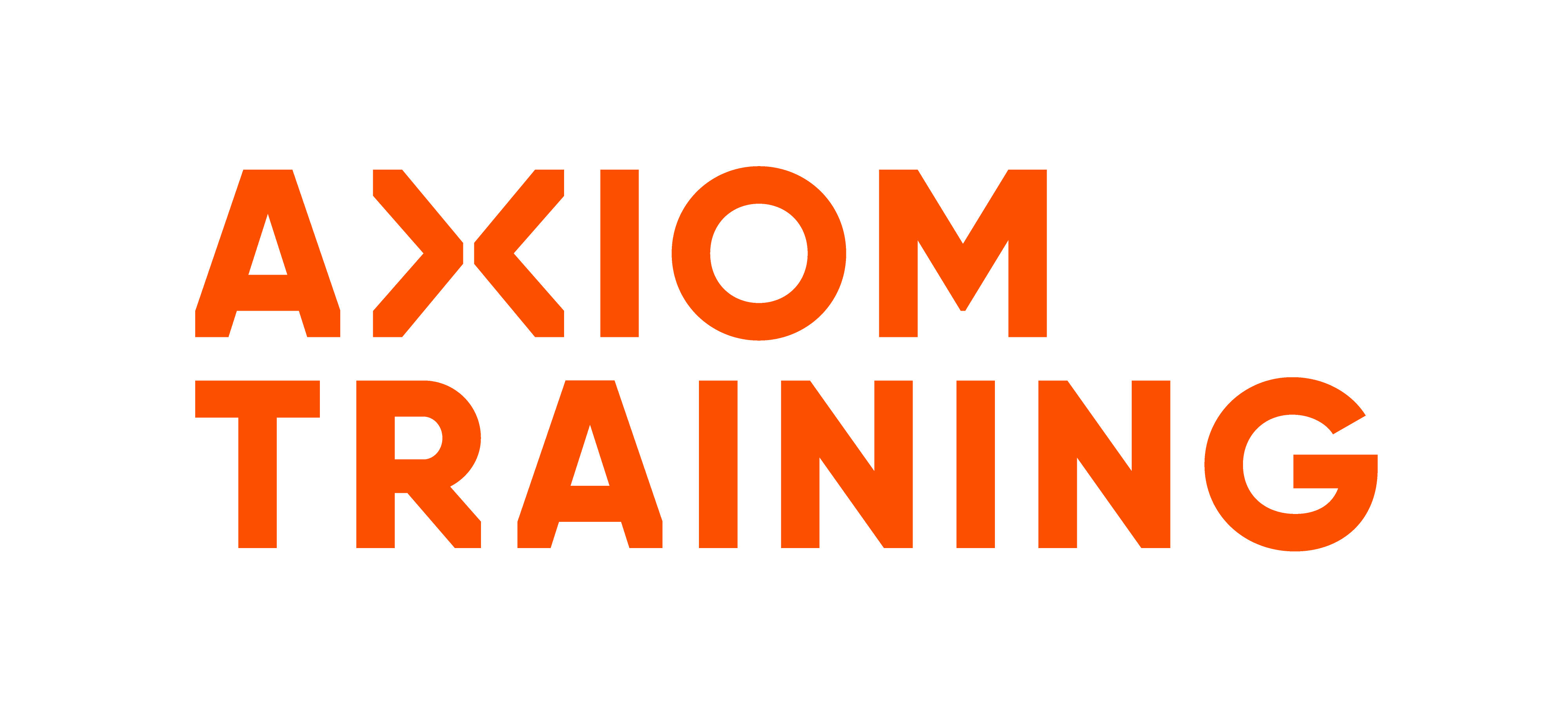White Paper: PCBU Responsibilities in New Zealand
PCBU Responsibilities in New Zealand
Ensuring Compliance and Best Practice
This white paper aims to provide a comprehensive understanding of PCBU (Person Conducting a Business or Undertaking) responsibilities in New Zealand and outlines actionable steps that businesses can take to fulfill their obligations. It covers the legal framework surrounding PCBUs, their key responsibilities, and practical measures businesses can implement to ensure compliance and promote a safe working environment.
Introduction
• Definition of PCBU
In New Zealand, a PCBU (Person Conducting a Business or Undertaking) refers to any entity or individual who carries out a business or any other type of work activity. A PCBU can be a company, partnership, sole trader, government agency, or any organization that employs workers or controls a workplace.
• Legal framework: Health and Safety at Work Act 2015
The Health and Safety at Work Act 2015 is a New Zealand legislation that aims to protect the health, safety, and welfare of workers and others affected by work activities. It places duties and responsibilities on employers (PCBUs), employees, and other parties involved in workplaces.
• Importance of PCBUs fulfilling their responsibilities
The PCBU has legal responsibilities to ensure the health, safety, and welfare of workers, as well as others who may be affected by the work, such as visitors or the general public.
PCBU Responsibilities
Duty of Care:
• Ensuring the health and safety of workers and others
• Providing a safe work environment
• Managing risks and hazards
Worker Engagement and Participation:
• Consulting with workers on health and safety matters
• Encouraging worker involvement in decision-making
• Establishing effective communication channels
Risk Management:
• Identifying workplace hazards
• Assessing and controlling risks
• Implementing controls and safety measures
• Regularly reviewing and updating risk management practices
• Emergency Planning
Incident Reporting and Investigation:
• Establishing protocols for reporting incidents and near-misses
• Investigating accidents to identify causes and prevent recurrences
• Maintaining accurate records of incidents and actions taken
Training and Supervision:
• Providing appropriate training and supervision for workers
o Hazard and Risk Management
o Health and Safety Rep
o First Aid
o Emergency planning
• Ensuring workers are competent and aware of risks
• Promoting ongoing professional development
Contractor Management:
• Assessing the health and safety capabilities of contractors
• Clearly defining roles, responsibilities, and expectations
• Regularly monitoring contractors' compliance
Actions to Fulfill PCBU Responsibilities
Establishing a Health and Safety Management System:
• Developing policies, procedures, and guidelines
• Appointing health and safety representatives
• Allocating resources for implementation
Conducting Risk Assessments:
• Identifying workplace hazards and assessing their risks
• Prioritizing risk control measures
• Regularly reviewing and updating assessments
Providing Training and Education:
• Delivering health and safety induction for new workers
• Offering specific training based on job roles and risks
• Promoting awareness through regular communication channels
Encouraging Reporting and Incident Investigation:
• Establishing a non-punitive reporting culture
• Encouraging workers to report incidents and hazards
• Conducting thorough investigations and implementing corrective actions
Regular Auditing and Review:
• Conducting internal audits to assess compliance
• Seeking external audits or certifications
• Continuously improving health and safety practices
Practical Steps You Can Take:
There is a lot to consider when planning your health and safety strategy. Here we have included practical steps to take to ensure that you are well-placed to meet your obligations and most importantly keep your workers and those on your site safe from harm.
Establishing a Health and Safety Management System: To ensure compliance with PCBU responsibilities, businesses should establish a robust Health and Safety Management System (HSMS). This includes:
Developing policies, procedures, and guidelines: Clear and comprehensive policies and procedures should be established to guide workers on health and safety practices. These documents should outline expectations, roles, and responsibilities.
Appointing health and safety representatives: Designating competent individuals to act as health and safety representatives can help facilitate effective communication and collaboration between management and workers.
Allocating resources for implementation: Sufficient resources, including finances, personnel, and time, should be allocated to support the implementation and maintenance of the HSMS.
Conducting Risk Assessments: Regularly assessing workplace hazards and risks is vital for fulfilling PCBU responsibilities. Actions businesses can take include:
Identifying workplace hazards and assessing their risks: Conduct thorough inspections and risk assessments to identify potential hazards such as machinery, chemicals, physical hazards, and ergonomic risks. Evaluate the likelihood and severity of potential harm.
Prioritizing risk control measures: Implement control measures to eliminate or minimize identified risks. This may involve engineering controls, administrative controls, or personal protective equipment (PPE).
Regularly reviewing and updating assessments: Workplace hazards and risks can change over time. It's important to review risk assessments periodically, especially when introducing new processes, equipment, or organizational changes.
Providing Training and Education: To ensure workers have the necessary knowledge and skills to work safely, businesses should provide appropriate training and education. Key actions to consider include:
Delivering health and safety induction for new workers: All new employees should receive comprehensive training on health and safety procedures, emergency protocols, and workplace-specific risks.
Offering specific training based on job roles and risks: Provide targeted training programs to address the specific hazards and risks associated with each job role. This includes but is not limited to training on operating machinery, working at heights, manual handling, and hazardous substance management. Take a look at www.safetynaction.co.nz for a full suite of training solutions provided nationwide.
Promoting awareness through regular communication channels: Establish effective communication channels to disseminate information on health and safety practices, updates, and any changes in procedures. Utilize tools such as newsletters, safety bulletins, safety meetings, and safety posters to reinforce key messages. Safety considerations and announcements should be a standard inclusion in toolbox meetings.
Encouraging Reporting and Incident Investigation: Creating a culture of reporting and thorough incident investigation is crucial. Actions businesses can take include:
Establishing a non-punitive reporting culture: Encourage workers to report incidents, near misses, and hazards without fear of reprisal. Promote a culture that emphasizes learning from mistakes and preventing future incidents.
Encouraging workers to report incidents and hazards: Implement reporting mechanisms such as incident reporting forms, online reporting systems, or anonymous reporting channels to facilitate the reporting process.
Conducting thorough investigations and implementing corrective actions: Investigate incidents promptly to determine the root causes and contributing factors. Implement corrective actions to prevent similar incidents from occurring in the future. Maintain accurate records of investigations and actions taken.
Regular Auditing and Review: Regularly auditing health and safety practices help ensure ongoing compliance and continuous improvement. Actions to consider include:
Conducting internal audits to assess compliance: Regularly review and assess the effectiveness of the HSMS through internal audits. Identify areas for improvement and implement corrective actions.
Seeking external audits or certifications: Engage external auditors or certification bodies to conduct independent audits and assessments. Achieving recognized certifications demonstrates a commitment to health and safety excellence.
Continuously improving health and safety practices: Foster a culture of continuous improvement by actively seeking feedback from workers, analyzing incident trends, and incorporating lessons learned into the HSMS.
By adhering to the outlined PCBU responsibilities and implementing the recommended actions, businesses in New Zealand can fulfill their legal obligations and promote a culture of health and safety. Prioritizing worker well-being not only safeguards employees but also enhances productivity, morale, and the overall reputation of the business.
By adhering to the outlined PCBU responsibilities and implementing the recommended actions, businesses in New Zealand can fulfill their legal obligations and promote a culture of health and safety. Prioritizing worker well-being not only safeguards employees but also enhances productivity, morale, and the overall reputation of the business.
Related Training Solutions
-
Fire Extinguisher
Gain knowledge in the operation of different types of fire extinguishers and fire suppression techniques used in the workplace. Unit standards covered: 3271 and 4647
-
Fire and Emergency Warden
Gain the knowledge and skills to carry out an effective fire and emergency plan. Unit standard covered: 18408
-
First Aid Courses
-
Health and Safety Representative: Initial
Empower your Health and Safety Representatives (HSRs) with effective training and support to fulfil their responsibilities and duties. Unit standard covered: 29315




